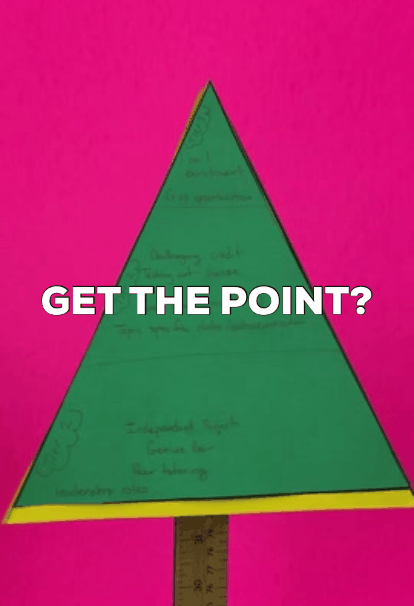What is an Intervention
Traditionally, intervention was a term understood only under the context of behaviour management. When misbehaviour occurred or there was a risk of such an occurrence, it was up to the teacher to intervene in the interest of providing students with a positive learning and working environment. However, intervention can also apply to academic remediation and enrichment as well. To best apply pyramids of intervention, it's important that teachers broaden their understandings of intervention beyond behaviour.


SPEED
A guideline to ensure a beneficial intervention
-
Specific
-
Practical
-
Effective
-
Essential
-
Directive

A pyramid of interventions is supported by three major components:
Behavioural Intervention
Academic Remediation
Academic Enrichment
Examples of Behaviour
Interventions
Examples of Academic Remediation Interventions
Examples of Academic Enrichment Interventions
-
Engaging Lesson Plans
-
Classroom set up body break stations
-
Knowing Students/differentiation
-
Proximity
-
Verbal warning
-
Name on board
-
Written warning
-
Private convo
-
Collaborate with Students on an action plan
-
Phone home
-
In school suspension
-
Out of school suspension
-
Off-site learning
-
expulsion
-
Universal accommodations
-
Homework club
-
Small pull out groups
-
Accounting for all learning styles
-
Resource/Educational Assistant Support
-
Personalize Learning Plan
-
Leadership Roles
-
Independent projects/project-based learning
-
Peer tutoring
-
Challenging for credit/Testing out
-
Topic-specific clubs/extracurricular
-
School competitions
-
Co-op opportunities
-
1-1 enrichment
-
Genius Hour
Tiering Intervention
As an educator, you want to work smart when using interventions. Using SPEED ensures you're using effective interventions that benefit the students. However, tiering the interventions based on the time and resources required to reach the most students is a sign you're working smart it is recommended you use the 80-20 rule to guide your resources. Use 80 percent of your resources for instruction and 20 percent of your resources for interventions.
At the bottom of the pyramid are interventions that are not time or resource heavy, and they reach the most students possible. As you move up the pyramid, the interventions become more individualized and targeted, and as a result, require more resources on the behalf of teachers and the school.

